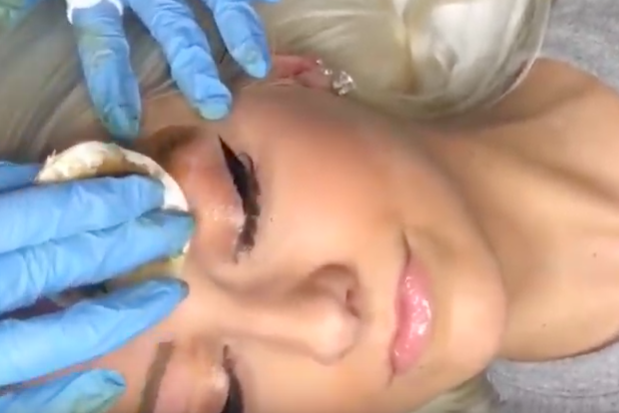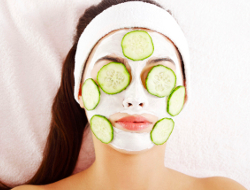Microblading Aftercare: The most crucial part on your behalf

Microblading aftercare is one of the most important parts of the microblading process. Following proper aftercare instructions makes for the majority of the results. If you follow proper instructions you will be very satisfied, but if you do not, then this will affect your results.
30 minutes after your procedure is finished, take a damp cotton round, tissue, or makeup wipe and gently wipe your brows. After the brows finish drying, using a cotton swab, apply a thin layer of the ointment provided to your brows. You shall repeat this process 3-5 times a day for the next 9 days.
Wiping is extremely important because essentially we have just made tiny little cuts into the skin where blood is rushing trying to heal itself. Lymph fluid is white blood cells that form little clear dots that can not be seen unless up close. Failure to remove lymph will form scabs, resulting in loss of pigment.
Microblading Aftercare – What to avoid the next 7 days:

-Getting your brows wet in the shower
-brow makeup
-foundation or other makeup in the brow area
-working out/sweating
-sauna
-sleeping on your brows
Microblading Aftercare – What to avoid the next 30 days:

-direct sun exposure/tanning
-facials
-chemical peels
-microdermabrasion
-glycolic acid and Retin-A creams on the face
Microblading Aftercare – What to avoid as much as possible:
-laser treatments over the microbladed area
When showering it is important to limit hot showers and as much steam as possible as this can push pigment out of your skin. We recommend taking lukewarm showers as well as to wash your hair at the end of your shower. This will keep your face and brows from being wet for too long. You should practice this for the first 7 days to avoid excess water in the brow area.
Side note: Do not pick, itch, or scratch your new eyebrows! If you notice your brows start to flake, do not pick at them because this may result in pigment loss. Flaking is normal so let them do their thing!
Why we apply aftercare:
It promotes the healing process and enables the best pigment retention in the skin. It prevents dust particles are other harmful outside materials from penetrating into the skin. In that way, it protects against infection development. It improves the degradation of clogged oil glands created by pigment particles, which prevents clogging the pores and providing even color appearance. It maintains the skin’s moisture by preventing the drying or cracking of the skin. Additionally, it protects the treated area from being affected. It recovers damaged cells and restores the skin after treatment. Overall the aftercare repairs, nourishes, protects and prevents scarring. That is why it is so important to use aftercare.
Check out our behind the scenes video!
Check out our artistry!

